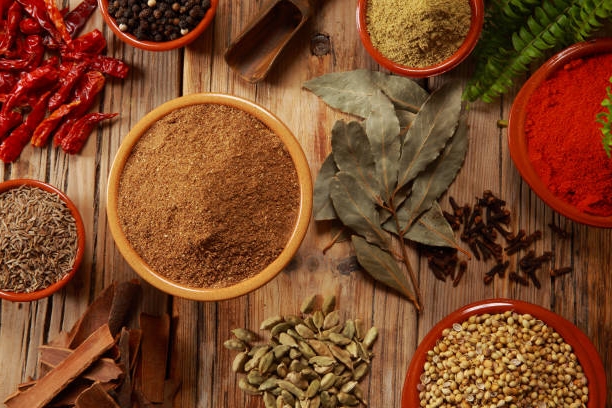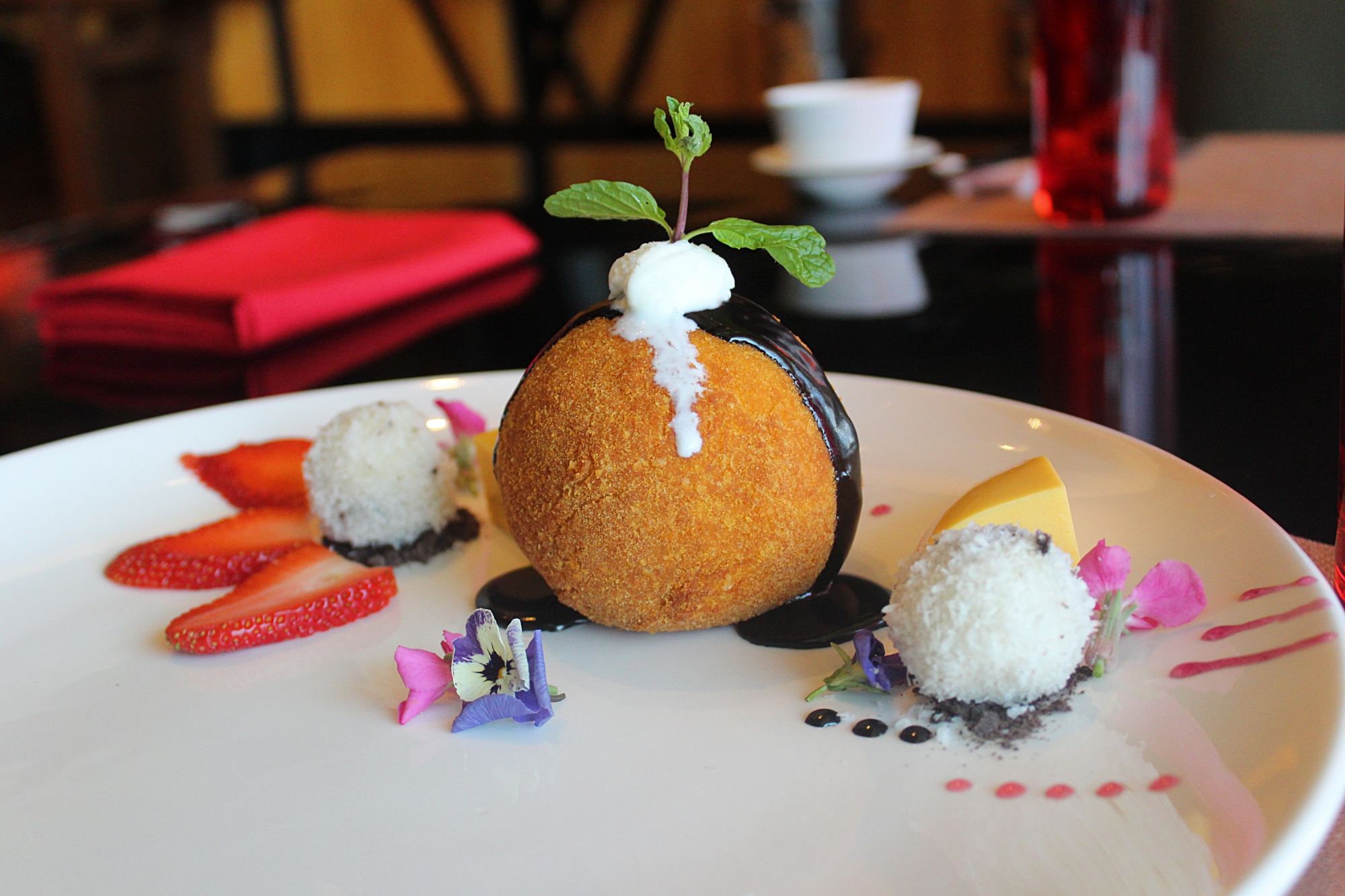Dholl Puri: An Indian-inspired dish in Mauritius
With origins in India, this simple yellow split pea wrap has become a popular street food snack in Mauritius. Dholl Puri, like Bunny Chow in South Africa, is a sombre reminder of the enslaved Indian labourers who lived in Mauritius in the nineteenth century.
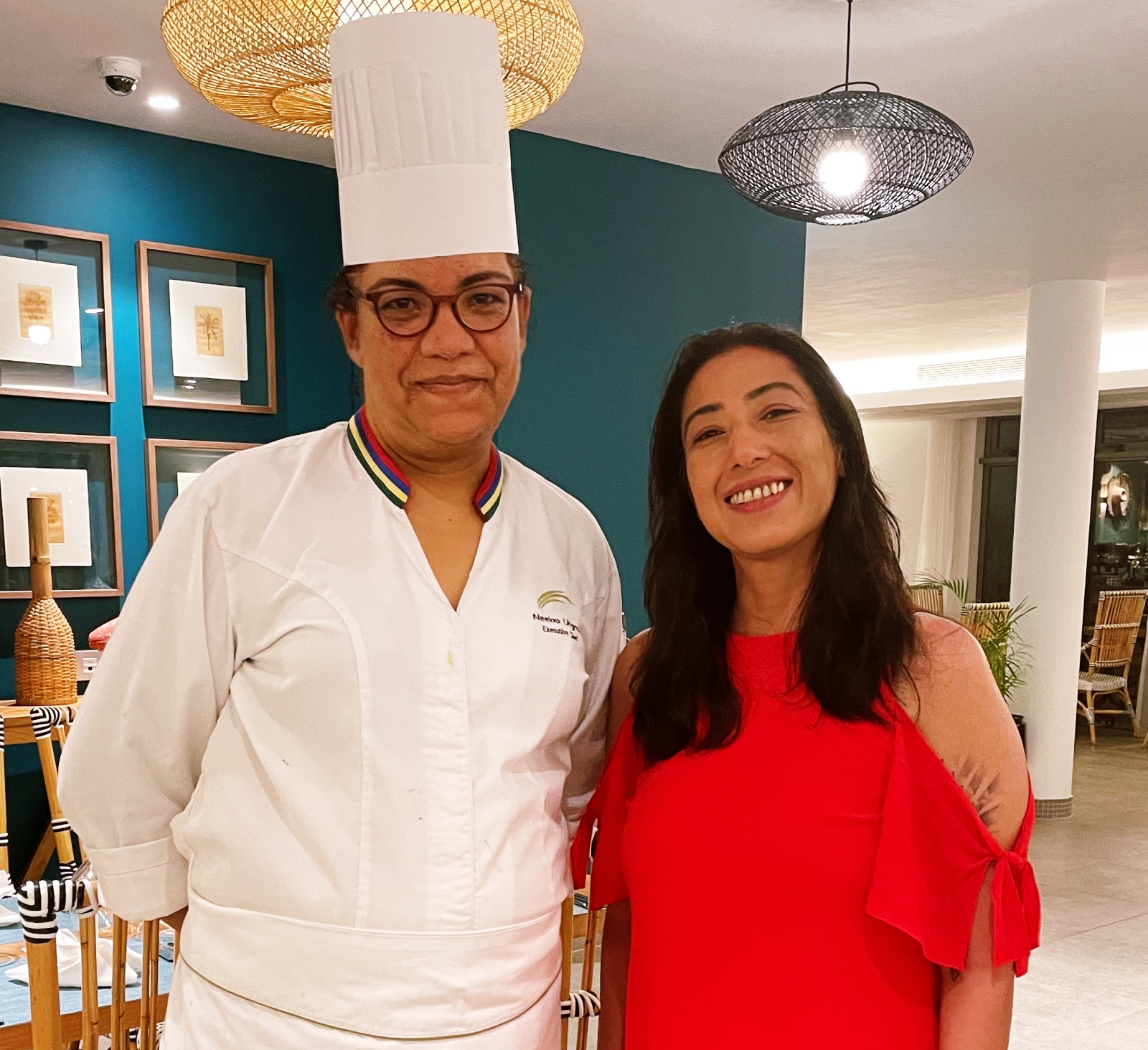
While I had the pleasure of devouring Dholl Puri prepared especially for me at Domaine de Grand Baie by Mrs Ajnisha Ungnoo, the island’s sole female chef to win the Concours des Meilleurs Ouvriers de Maurice prize; the best way to genuinely experience this dish is on the streets of Mauritius. Ajnisha Ungnoo, who is of Indian descent, excelled at the flavours incorporated in this lovely spicy dish, and every bite makes you inquisitive about the origins of the now-famous Mauritian Dholl Puri.
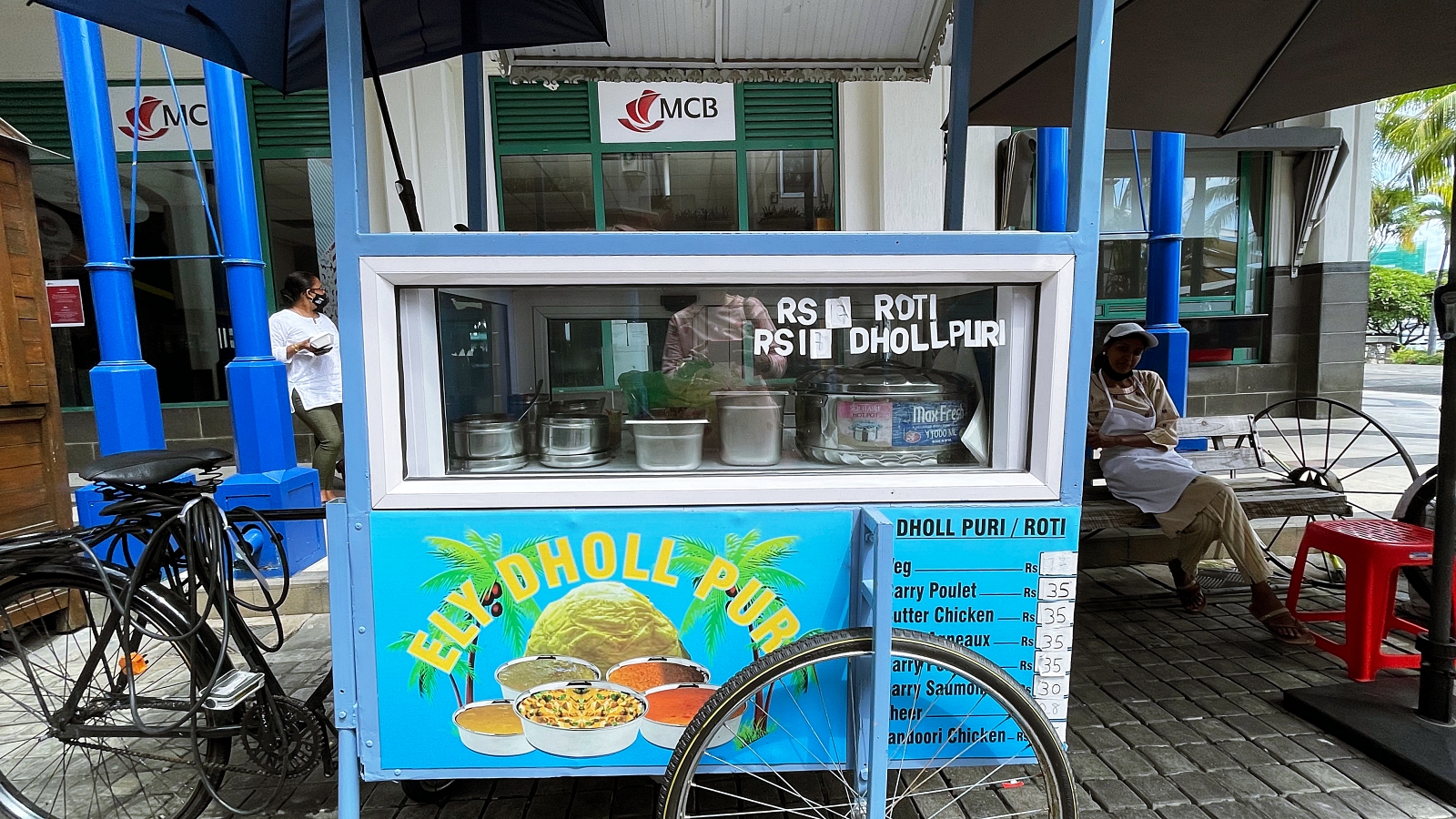
Dholl Puri, a popular Mauritius street meal, has significant ties to India, as glimpsed by its name. This dish’s backstory is a moving reminder of the indentured labourers who migrated from India to Mauritius in the 1800s. Chef de Culinary Ajnisha Ungnoo of Domaine de Grand Baie is a Mauritian cuisine specialist. We were discussing Mauritian cuisine when the famed Dholl Puri popped up. Ungnoo tells the story of how this meal came to be. For a week or so, the indentured labourers were given fixed portions of food and fresh water. Given the scarcity of freshwater, their family would bind the dough with the water in which it was prepared.
Some of the dal would invariably find its way into the dough, resulting in a flatbread with dal. However, a paratha is packed with a crumbled chana dal mixture in today’s Dholl Puri. Despite its name, this flatbread is not deep-fried; instead, it is prepared on a Tava or griddle. A curry with toppings is carried on a pair of these malleable pieces of bread. Some speculate that Bhojpuri-speaking Indian workers brought this cuisine to the country more than a century ago.
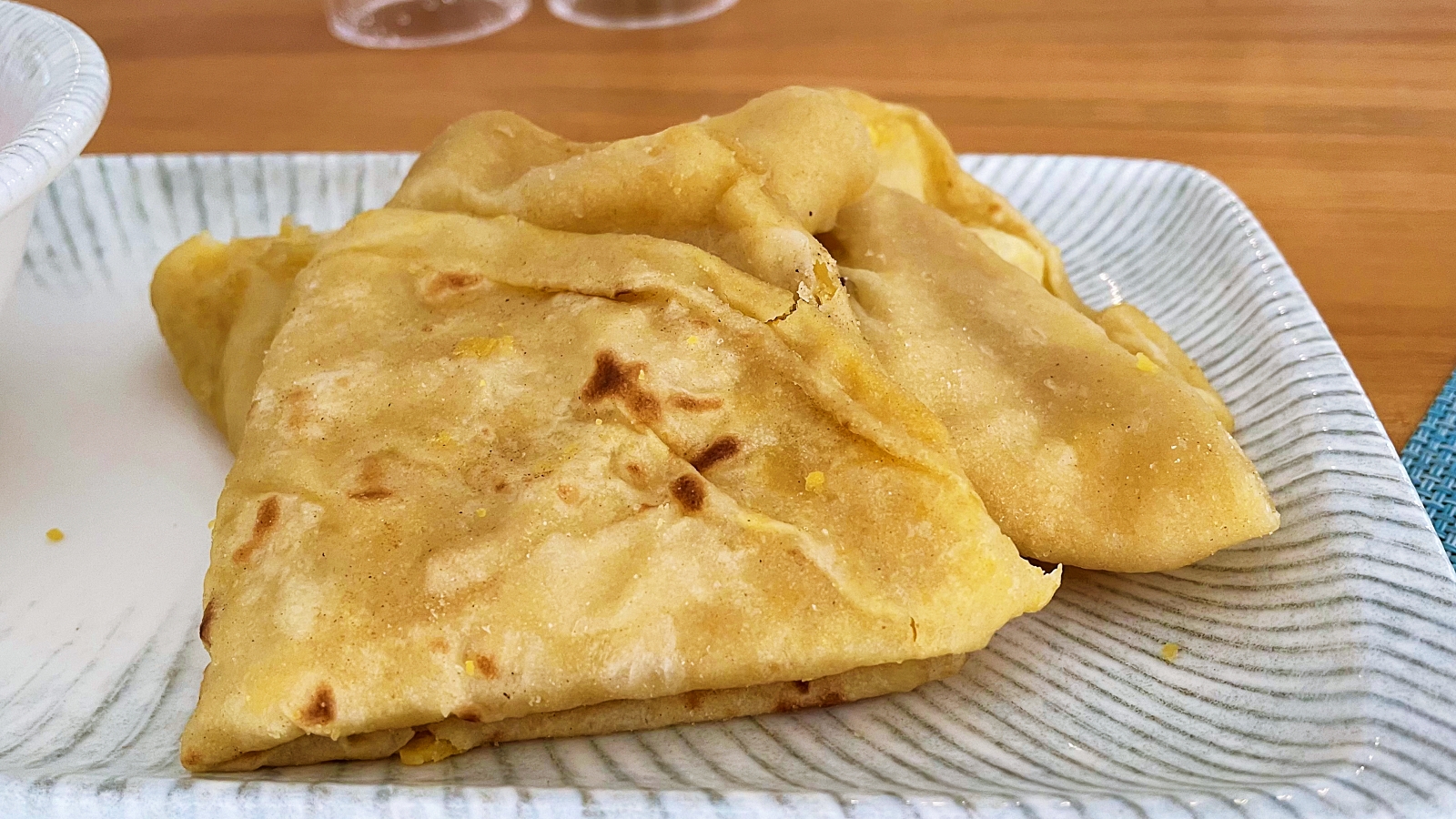
It’s no surprise that it resembles Indian packed flatbreads like this Navratan Paratha. In other variations, the Maharashtrian Puran Poli is a sweet version of the Dholl Puri, and the buss-up-shot, a Trinidadian variety of the same meal, closely resembles a Dholl Puri in impression. Ungnoo also explained why this flatbread is made with refined flour. Wheat flour was shipped from India by ship, although it was frequently spoiled. Maida (refined flour) fared better on the journey since it has a longer shelf life. This is possibly why maida is still used in practically all Indian-inspired recipes in Mauritian cuisine.
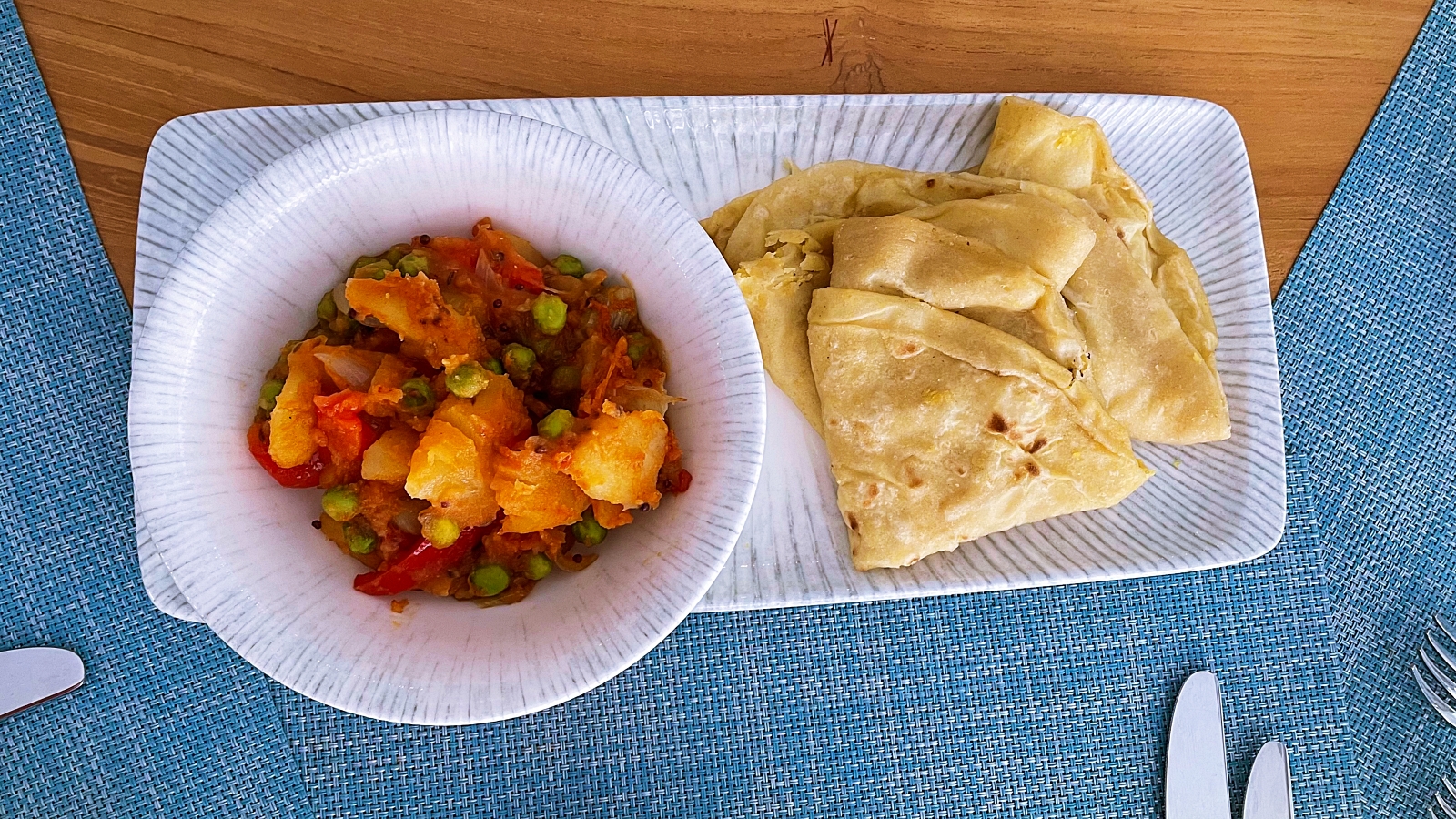
Despite the fact that Ungnoo presents Indian cuisine in a luxurious environment, she notes that eating a Dholl Puri by itself is difficult because of its severe dryness, crumbly texture, and minimal flavouring. As a result, this is one street meal that relies entirely on accompaniments like a Creole tomato rougaille, pickled vegetables, or a pineapple pickle, all of which improve the dish’s palatability and make it easier to consume without sticking to the throat. Locals, she told me, prefer to eat it with rice pudding, a sort of Indian Kheer and Halwa.
Mauritius’ cooks add their own creative accents to the meal, such as onions, chillies, or coriander to the filling for flavour. Buying a bunch of Dholl Puris from the nearest vendor and bringing them home to eat with homemade curries and pickles is not uncommon either. This price-sensitive meal, offered at roadside shacks or in glass boxes carted on bikes, has few variants. But you’ll notice that the flavour of this street cuisine is constant throughout the island nation. It is, without a doubt, the one dish you must try while visiting Mauritius. Try Dholl puri at the Flic en Flac central market, according to Ajnisha Ungnoo’s sampler for in and around Port Louis.
These Dal Puris are sold wrapped in paper on the streets of Mauritius, along with a soda. Dholl Puri, also known as Chana Puri, is a simple-to-prepare dish. Because it is both delicious and filling, the recipe has gained the hearts of both locals and tourists. Cooked yellow split peas (chana dal) are pounded into a powder and used as the filling in this daal roti. Here’s how to make the best Dholl Puri in your own kitchen.
Table of Contents
Ingredients for the dough:
-
You can use all-purpose flour, but adding a pinch or two of whole-wheat flour will offer more fibre and serves as an excellent binding.
-
The dough is typically made with lentil cooking water, but ordinary water can also be used.
-
season with salt and oil to tastes
Ingredients for the filling:
-
Split yellow peas (chana dal)
-
Cumin powder
-
Turmeric
-
Ground pepper or red chilli powder
-
season with salt to taste
How to make Dholl Puri:
Soak the chana dal for 30 minutes. Rinse and drain the lentils. In a medium saucepan, combine lentils and water. Bring the water to a boil over high heat. Reduce the heat and continue to cook the lentils until they are cooked. Drain the cooking liquid and set it aside. Allow the cooked dal to cool completely on a large dish. Once cooled, combine with ground cumin and salt to make a smooth powder. Make the dough while the lentils are cooling. Combine the flour, salt, and turmeric in a mixing basin.
Add the oil and the reserved dal cooking water. Combine the ingredients in a mixing bowl and knead until a soft, malleable dough forms. Roll 10 small lemon-sized balls out of the mixture. Set aside for 15–20 minutes, covered. Cut the dough into pieces of equal size. Make a depression in the centre and flatten them out into a disc. Place the dough ball in the indentation and encase the filling with the dough ends. Flatten it gently. Using the leftover dough and filling, repeat the process. To keep the stuffed dough from sticking together, dust it with flour.
Roll each packed dough ball into a thin roti on a lightly floured work surface – the thinner the better. Place the packed Rotis on a griddle or Tawa that has been warmed. Cook until gently browned and little brown spots emerge on both sides over medium-high heat. While cooking, brush with oil. Using the remaining dough and dal filling, repeat the process.
This type of flatbread is seen in several African countries in various forms.


